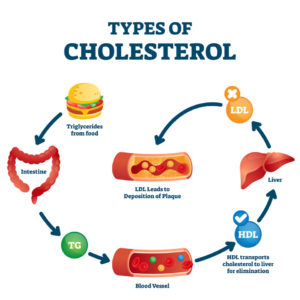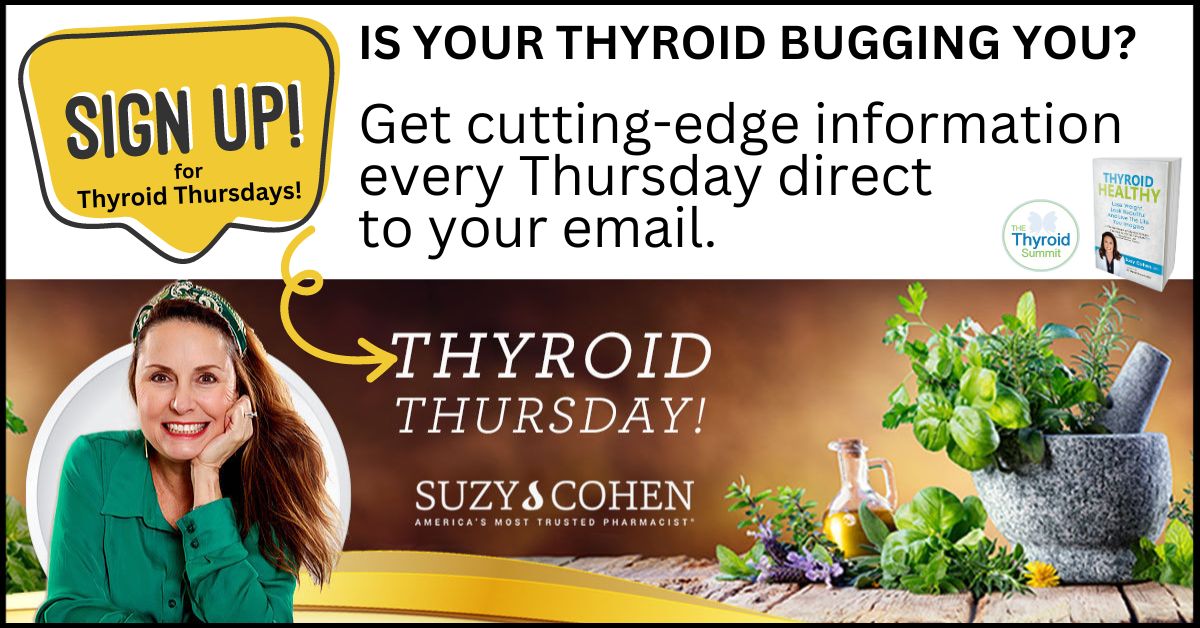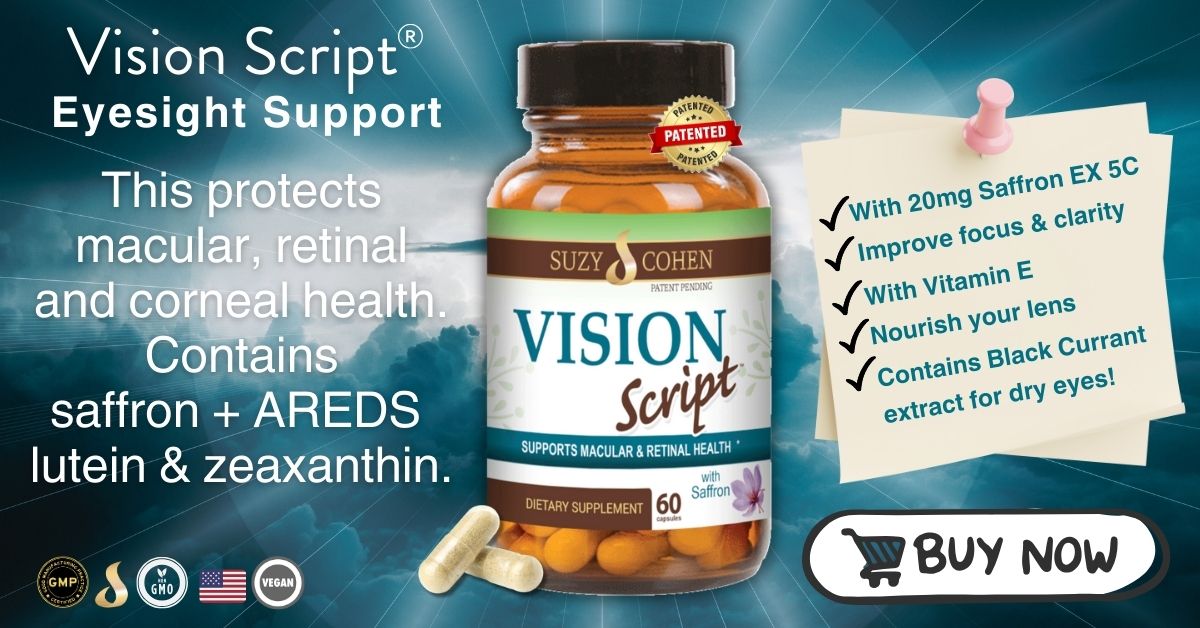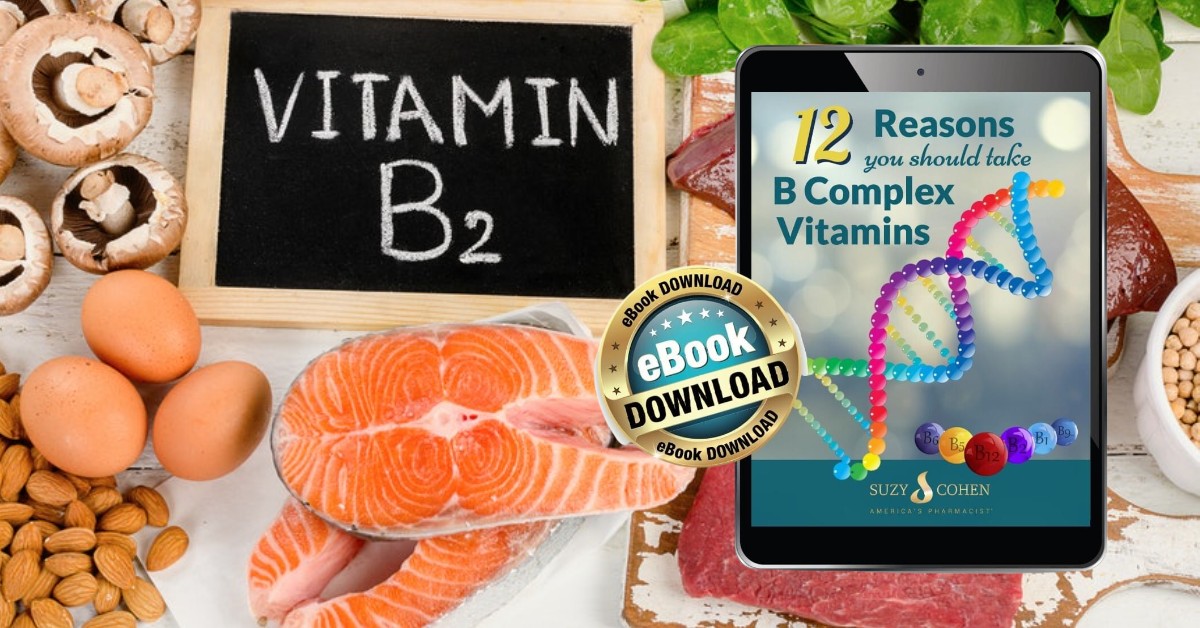What's On This Page?
ToggleWe’ve all heard about the B complex vitamins and how essential they are for our health. This is a family of various different B nutrients, and niacin is one of them.
Have you experienced or heard about the niacin flush? When it comes to niacin (vitamin B3), there’s often a lot of confusion and concern, particularly about the infamous “niacin flush.” Don’t worry, by the end of this blog, you’ll not only understand why you shouldn’t fear the flush, but also how to manage it if you take dietary supplements of B complex… and why some medications are designed to help.
What is Niacin and Why Do We Need It?
Niacin, also known as vitamin B3, is a crucial nutrient that supports various bodily functions. I wrote a great article on B vitamins and in a few minutes, feel free to read, Your Guide To B Vitamins: 6 Critical Reasons To Consider Mito B Complex.
Here’s why niacin so important, these are the 5 reasons it’s so important to you, if you can handle the flush! In no particular order:
- Boosts Energy Production:
- Niacin is essential for converting carbohydrates, fats, and proteins into energy, ensuring that your body functions optimally. It plays a key role in the metabolic pathways that generate ATP, the primary energy carrier in cells, making it vital for energy-intensive activities and maintaining basic physiological functions. Additionally, niacin is involved in the repair of DNA and the regulation of antioxidant mechanisms, both of which are crucial for sustaining energy and health at the cellular level.

- Niacin is essential for converting carbohydrates, fats, and proteins into energy, ensuring that your body functions optimally. It plays a key role in the metabolic pathways that generate ATP, the primary energy carrier in cells, making it vital for energy-intensive activities and maintaining basic physiological functions. Additionally, niacin is involved in the repair of DNA and the regulation of antioxidant mechanisms, both of which are crucial for sustaining energy and health at the cellular level.
- Supports Cholesterol Management:
- By improving HDL (good) cholesterol levels and reducing LDL (bad) cholesterol and triglycerides, niacin plays a crucial role in maintaining cardiovascular health. Studies have shown that niacin can increase HDL cholesterol by up to 35%. It also helps reduce the atherosclerotic plaque, potentially lowering the risk of heart attacks and strokes. Moreover, niacin has been observed to improve endothelial function, enhancing the flexibility of blood vessels and promoting better blood flow.
- Promotes Skin Health:
- Niacin helps to reduce skin inflammation and promotes healing, making it beneficial for maintaining healthy, resilient skin. It supports the skin barrier function, helps retain moisture, and protects against environmental damage like UV rays and pollutants. Niacinamide, a form of niacin, is particularly popular in skincare products for its role in reducing redness, blotchiness, and hyperpigmentation, thus contributing to an even skin tone and texture.
- Enhances Brain Function:
- This vitamin is linked to improved cognitive function and a reduced risk of mental health issues, supporting overall brain health. Niacin contributes to the production of serotonin and other neurotransmitters that are essential for mood regulation and cognitive processes. Research suggests that adequate levels of niacin are associated with a lower incidence of age-related cognitive decline and may be beneficial in managing symptoms of depression and anxiety.
- Sign of Effective Absorption:
- The niacin flush is a sign that the vitamin is effectively absorbed and working in your body. It’s generally harmless and temporary, indicating active metabolic processes. The flush is caused by the expansion of blood vessels, which can lead to a feeling of warmth and redness, particularly noticeable on the face, neck, and chest. This response is a good indicator that the niacin is actively engaging in metabolic functions and demonstrates its potent vasodilating properties, which can improve circulation and oxygenation of tissues.
The “niacin flush” is a common reaction to taking high doses of niacin. It’s characterized by redness, warmth, itching, or tingling in the face, neck, and sometimes the chest. This reaction occurs because niacin causes blood vessels to expand, increasing blood flow to the skin’s surface.
Why You Shouldn’t Be Afraid
Some people have commented they got a hot flush (niacin flush) after taking my Mito B Complex, or another brand of B complex vitamin that contains niacin. It’s not that common, but it does happen. It happens to me as well, but I welcome it and just lay in bed and watch TV until it passes. You can read my article on the reasons why B vitamins are so important by CLICKING HERE.
Although the niacin flush can be uncomfortable, it’s generally harmless and temporary. Here are some key points to remember:
- Temporary: The flush usually lasts for 15 to 30 minutes.
- Harmless: There’s no evidence that the flush causes any lasting damage.
- Sign of Efficacy: In some cases, it’s a sign that the niacin is working effectively.

How to Minimize the Niacin Flush
If the flush is bothersome, there are several strategies you can employ to minimize its intensity:
- Start with a Low Dose: Begin with a smaller dose of niacin and gradually increase it to allow your body to adjust.
- Take with Food: Consuming niacin with meals can slow its absorption and reduce the likelihood of a niacin flush.
- Use an Extended-Release Form: Extended-release formulations release the vitamin more slowly, which can minimize the niacin flush.
- Aspirin Pre-Treatment: Taking a low dose of aspirin (81 mg) about 30 minutes before niacin can reduce the niacin flush by blocking the production of prostaglandins, which cause the niacin flush.
- Consistent Usage: Regular use of niacin can lead to a tolerance, reducing the frequency and severity of flushing over time.

Medications and Natural Alternatives
Medications
If you require this vitamin for managing cholesterol, several prescription formulations can help:
- Niacin (Niaspan): This extended-release form is designed to minimize the niacin flush while providing therapeutic benefits.
- Niacinamide: A form of niacin that doesn’t cause flushing, though it doesn’t have the same cholesterol-lowering effects as niacin. High-quality skincare products sometimes contain this ingredient, and I put it in my awesome moisturizer called Sleeping With Jack moisturizer.
Natural Alternatives to Niacin
For those looking to support their niacin intake naturally, consider these options:
- Dietary Sources: Chicken, turkey, beef, fish, mushrooms, peanuts, and green peas.
- B Complex Vitamins: Taking a balanced B complex supplement (like my Mito B Complex) can ensure you’re getting all the B vitamins without overloading on any single one.
- Herbal Supplements: Herbs like ginseng and turmeric can support cholesterol management and overall health, offering complementary benefits to niacin.
The Science Behind Niacin
To further understand the benefits and safety of niacin, let’s look at some recent studies:
- Cholesterol Management: A study published in PLOS ONE demonstrated that niacin significantly improved HDL cholesterol levels and reduced LDL cholesterol and triglycerides in patients with cardiovascular disease. This is not new – we’ve known pure niacin can do this for decades.
- Cognitive Health: Research in PubMed highlights niacin’s role in brain health, suggesting that adequate niacin intake is associated with a lower risk of Alzheimer’s disease and cognitive decline. It could be due to the increased blood flow or enhanced production of GABA.
Niacin vs. Niacinamide
Niacin raises HDL (good) cholesterol and reduces triglycerides, among other things as you already know. And, as we’ve established, it works by opening up capillaries and blood vessels which results in the notorious “flushing.”
Niacinamide, also known as nicotinamide, is essentially a modified form of niacin that is more stable and slowly metabolizes so that it does NOT cause flushing, but is still biologically active. It does not reduce cholesterol well.
- Niacin:
- Also known as nicotinic acid.
- Can cause the niacin flush, which as you know, is a warm, tingling feeling on the skin.
- Used to help lower cholesterol levels and improve blood flow.
- Niacinamide:
- Also known as nicotinamide.
- Does not cause the niacin flush sensation.
- Commonly used in skincare products to improve skin health and treat acne.
Both forms are important for your body’s overall health, but they have different effects and uses.
Summary
Niacin which you can read more about here at HEALTHLINE is an essential nutrient that offers numerous health benefits, from supporting energy production and DNA repair to managing cholesterol levels and promoting cognitive function. While the niacin flush can be an uncomfortable side effect, it’s generally harmless and can be managed with the right strategies. Whether through dietary sources, supplements, or prescription medications, ensuring adequate niacin intake is vital for your health.
By understanding how to take niacin properly and utilizing tips to minimize the niacin flush, you can confidently include this important vitamin in your health regimen. So, don’t be afraid of the flush—embrace the benefits of niacin for a healthier, more vibrant you.

Suzy Cohen, has been a licensed pharmacist for over 30 years and believes the best approach to chronic illness is a combination of natural medicine and conventional. She founded her own dietary supplement company specializing in custom-formulas, some of which have patents. With a special focus on functional medicine, thyroid health and drug nutrient depletion, Suzy is the author of several related books including Thyroid Healthy, Drug Muggers, Diabetes Without Drugs, and a nationally syndicated column.




